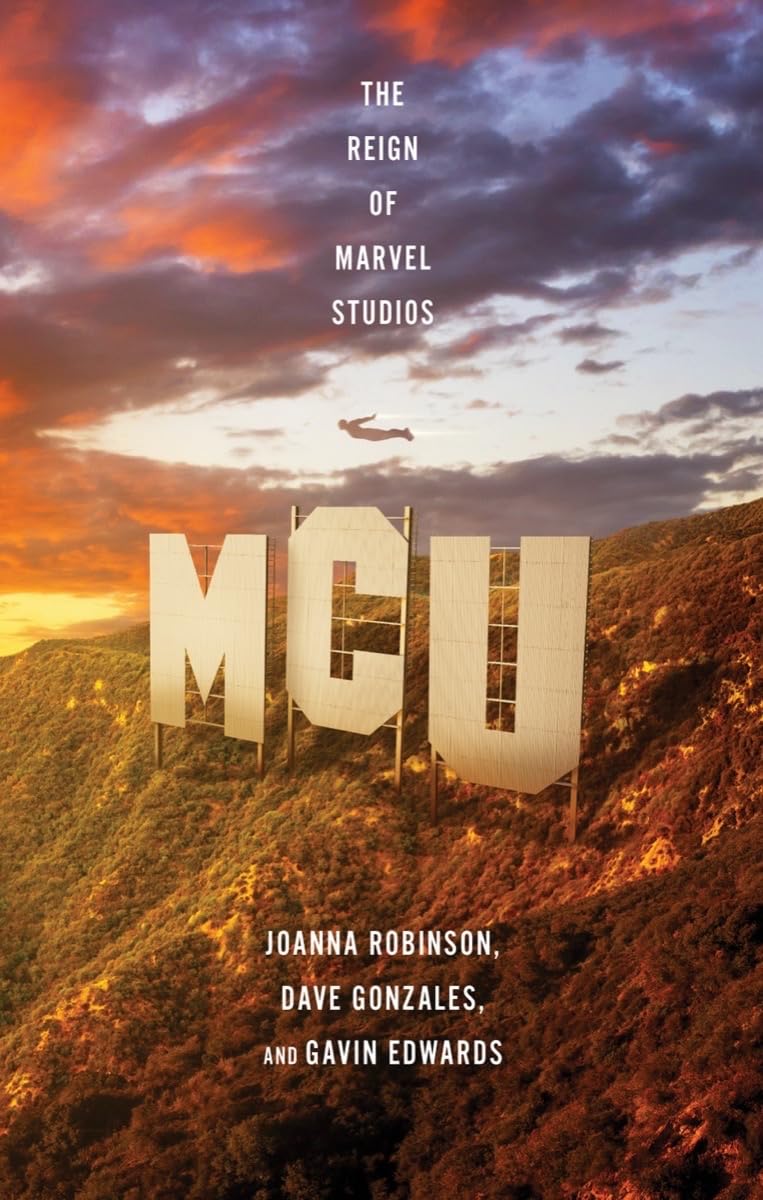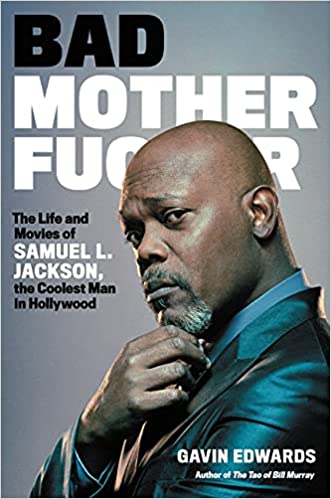That amazing drum sound on the Ronettes’ “Be My Baby”—how did Phil Spector get it?
Bum-ba-bum-BOOM. That bass drum pattern is possibly the most famous drum opening on any song, and it’s constantly used in movies, although never better than in Martin Scorsese’s 1973 film Mean Streets. The Ronettes’ first single was also their biggest, hitting #2 in 1963 (kept from the top by Jimmy Gilmer and the Fireballs’ “Sugar Shack”). Today, it stands as the most indelible example of Spector’s “Wall of Sound” production, which was state of the art from 1961 through 1966.
After “River Deep Mountain High” flopped, the genius became a recluse; Spector married Ronettes lead singer Ronnie Bennett in 1966, and they divorced in 1974, but rarely emerged from his Los Angeles mansion, apparently spending his energy over the intervening decades on growing a huge unkempt mop of gray hair. In 2003, he was charged with murder for shooting actress Lana Clarkson, so when I contacted his representative in 2004 asking about the details of the recording of “Be My Baby,” I didn’t expect a reply. But a week later, I got an eight-page email from Spector, giving a truckload of previously unrevealed details on studio drummer Hal Blaine and Gold Star Studios, where the song was recorded over a six-month period. Some relevant excerpts from that email (lightly edited, mostly for punctuation):
“I always had ideas for the drum sounds that were different each time. There were times when Hal Blaine would sit for hours, and never play a lick, and/or wait outside the studio while I would get everyone else sounding the way I wanted; I would build instruments by instruments, adding them slowly, on top of each other, with the drums being last. And many times, if I couldn’t get the right drum sound, at the end of the session, after hours and hours of work, I would cancel the session, even though we had worked four or five or more hours.
“The drum sound I had in mind came about fairly quickly this time, albeit many hours after getting a ‘sound’ on all the other musicians. I had the echo in place on everything else, and Gold Star’s echo was a nightmare to handle, as it changed from minute to minute. If someone moved, the echo would change, like the wind. So everyone had to remain as stationary as possible (much to their dismay), or the echo would change the sound I was trying to get. So when Hal Blaine would walk back into the room (because he wouldn’t be sitting there the entire four hours), nobody could move a microphone, and he couldn’t brush up against anyone, or anyone’s microphone. Unlike Motown’s studio echo, which was consistent, Gold Star’s was not.
“But on the day of ‘Be My Baby,’ the echo sounded real good, and more importantly, consistent. You can hear how consistent it is, on the ending of the recording, when I told Hal to solo on all the breaks and fills, which I thought would be very sexual to add to the sound of the recording. The echo was excellent that day: in particular, the echo from the overhead mike, which picked up the bass drum beautifully and filled the room up, which is why I decided to use it (the bass drum) as the intro. Normally, the bass drum beginning the recording would not have been loud enough, or big enough, and I worried if it would be loud enough to sustain the band coming in after it until the day the record was released.”
Asked what else he remembered about Gold Star, Spector replied, “The fact that everyone caught crabs in the bathroom, from the toilet seat! A ‘social disease’ nobody could talk about in those days. Since I owned my own label, Philles Records, for a laugh, I would bring my record distributors down to Gold Star Studios, and tell them to use the bathroom, just because I knew they would catch crabs from the toilet seat. Every musician caught it, and their wives and girlfriends from them, and nobody knew where they were getting them from? Boy, I bet those crabs broke up some very sweet, and what could have been long term, relationships! Imagine coming home with crabs in your pubic area, and, the next day, your wife asks you where did SHE get them from, in HER pubic area? When she knows she got them from you! And you swear you were working at a Phil Spector session! And you were! And you have been ‘true blue.’ That’s very fucking funny! And every gynecologist and urologist in Los Angeles and Beverly Hills was telling everyone that the ONLY way you could catch crabs was from sexual intercourse! But that was bullshit. Gold Star had a crab-infested toilet seat! I tell you, it was one of the funniest scenarios in the world, watching this crab scene go down over the weeks. Of course, getting rid of those son-of-a-bitch crabs was no picnic! And pissing in the parking lot wasn’t too ‘cool’ either! The studio had mice and roaches as well. It never would have passed any health code test. But who the fuck cared? It had a great echo chamber. Inconsistent, and a nightmare to use, but fucking great. So, all, in all, I think everyone would agree, that Gold Star’s erratic but sensational echo chamber, and the wonderful memories of that studio, were well worth the price of the Doctor’s visits and the Quell lotion it took to cure all the crabs we caught there!”
(Excerpted from the 2006 book Is Tiny Dancer Really Elton’s Little John?: Music’s Most Enduring Mysteries, Myths, and Rumors Revealed, published by Three Rivers Press, written by Gavin Edwards.)


